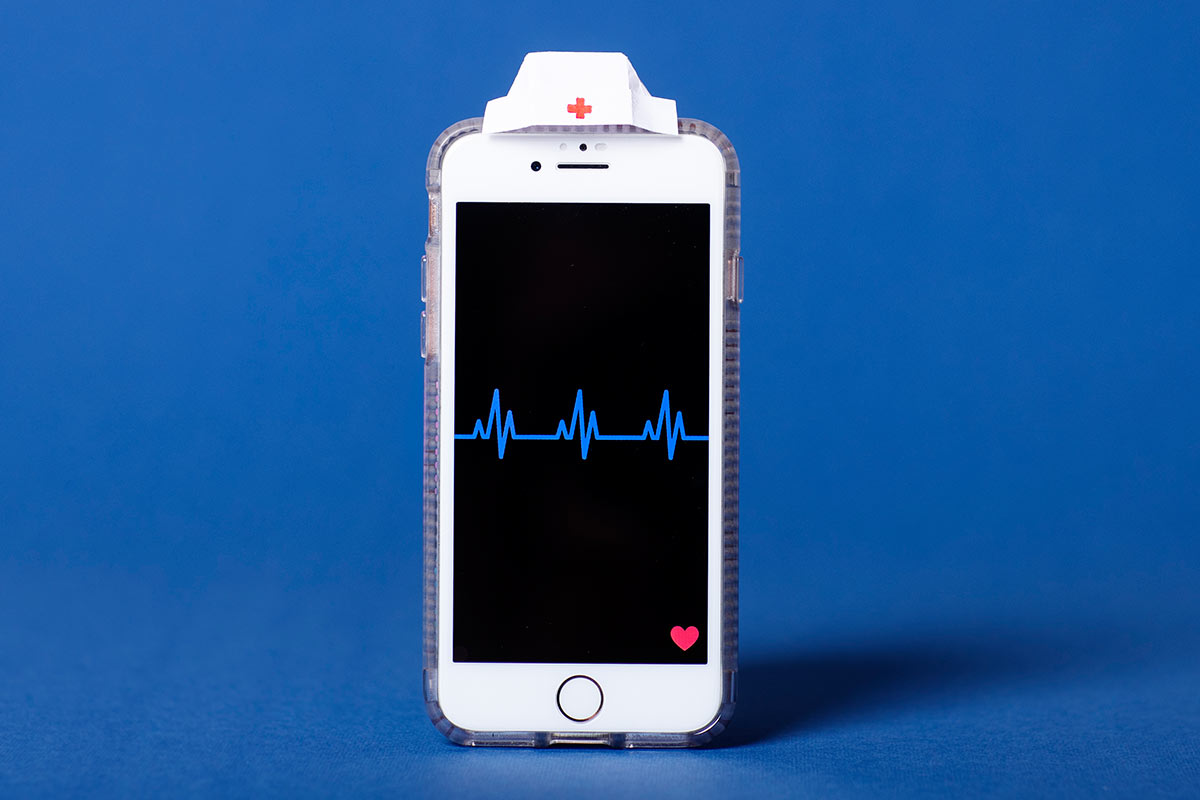
Tech empowers patients
Healthcare is undergoing a revolution where we are moving towards a consumerization of healthcare, empowering patients to take control of their own health. This is one of the reasons why Schibsted Growth is paying closer attention to the area.
Healthcare is truly a subject that concerns all of us. We will all get sick, at some point, to some degree and we will all have to interact with the healthcare system to varying degrees throughout our entire lives.
Like many other sectors, healthcare is about to enter a period of rapid change. But compared to industries like the financial sector, where a digital transformation has been going on for the past 20 years, it started much later within healthcare. One could actually argue that healthtech is today where internet was back in the 90s. The past years, something has happened though. Demographic changes and increasing wealth have made the sector grow fast. Demand for healthcare is rising all over the world and as it is not very vulnerable to economic cycles, investors have started to invest more in this area lately.
Four major drivers
There are four major drivers of this rapid change: the government, the consumers, technology and competition.
- From a government perspective, with an ageing population and rising healthcare costs, it’s vital to decrease administrative time for doctors and nurses and automate whatever they can in order to reduce costs and make care processes more efficient.
- From a consumer perspective (in this case patients) we are used to having critical and high-quality services on demand in a digital world. So with changing consumer behavior in other industries, we start to demand the same digital savviness when it comes to care.
- New technology such as artificial intelligence, wearables etc. enables a new kind of care that is slowly starting to be incorporated into care-processes. In fact, Sweden and Norway, have been in the forefront when it comes to implementing new tech in healthcare and were two of the first countries to roll out e-recipes which has had a similar role for healthcare, to what BANK-ID has had for fintech. Without this, many of the new digital primary healthcare services would not exist. We have also been early adopters of electronical medical records, another necessary platform for digital health.
- Since larger industrial players haven’t managed to fully implement new technology in their care processes yet, there has been an opportunity for digital newcomers. Many start off from the patient perspective and have a strong focus on patient experience, this has truly challenged the traditional players way of providing care.
Technology most fundamental
Among these four drivers, technology plays the most fundamental role in the healthcare industry’s transition. In fact, some even argue that “In the coming decade, developers will have a greater impact on the future of healthcare than doctors”. There is no doubt that tech incumbent’s interest for the healthcare sector has increased rapidly the past years. Earlier this year Apple’s CEO Tim Cook stated that when looking back in a decade, he hopes that the area where Apple has made the biggest contribution will be health. Not communication, not entertainment, but health.
One of the most evident and profound changes is that power is shifting from healthcare providers to patients. New technology enables patients to track their pulse, blood sugar level, calories in a way they haven’t been able to do before which creates expert patients, meaning patient knowing more about their health than their doctors do. Consequently, we slowly see how healthcare is transforming to be organized around consumers, rather than around institutions. This trend is called patient empowerment and is the cornerstone of many of the new startups’ products andservices.
When patients start to control their own health, we are suddenly moving from a system that largely cares about sick people, to a system caring about the healthy. This is where the real paradigm shift is. Focus is shifting from treating people when they are already sick, to preserving the health of the healthy people before they get sick. When patients are empowered, they can track more, hopefully prevent illness and stay healthy.
Zooming in on the Nordics, there is an expansive startup environment within the area. In 2018 the number of healthcare investments outcompeted the number of fintech investments, both in terms of number of investments but also in terms of the actual value invested in the field. Most of these companies have a patient-centric approach and go for the consumer market. There have been numerous new care-on-demand services launched the past years that enables digital doctor visits and a sufficient amount of smart self-monitoring services, allowing patients to track their own health data.
Patients becoming consumers
When patients take control over their health, they start to interact with the health industry as consumers rather than as passive patients and make active healthcare choices. This changes the relationship between the doctor or nurse and the patient. We (as in the patients) have new kinds of expectations on what a good patient experience is, and we demand the same convenience and efficiency as we are offered in other service industries. This is something completely new for the industry, but not for Schibsted. We know consumers and know how to build and scale consumer service.
The healthcare space is huge and Schibsted has slowly been starting to map out where along the patient journey it makes most sense for us to invest. Obviously, the patient situation becomes more complex the sicker a patient is, and as we know consumers, it makes more sense for us to focus on the patient-centric services in a prevention stage. It’s less complex, and completely aligned with the new paradigm shift where focus is placed on preserving health, rather than treating the sickets patients.
This, together with the consumerization of healthcare, is where Schibsted’s opportunity appears – an opportunity to help people actively stay healthy.
Schibsted investments:
- AHUM is a psychotherapy service where patients and therapies can meet.
- Hjemmelegene is a platform that enables doctor home visits
- Add Health Media consist of one media business and one investment business. Their media business consists of health portals such as Doktorn.com and in their investment business, they invest super early, (almost pre-launch) in various healthcare startups.
Thorough Add Health Media Schibsted has invested in:
- Symbiome is a gut health startup, analyzing the balance of bacteria in your gut. Symbiome have just completed their pilot and have planned to launch later this.
- Belly Balance is a FemTech startup which has a service used for people with IBS – stomach issues. Femtech is tech companies focusing on women’s health market.

Kajsa Gatenbeck
Investment Manager, Schibsted Growth
Years in Schibsted
2
My dream job as a child
Professional freestyle skier